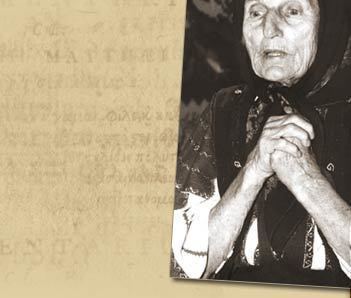Name Elisabeta Rizea | ||
 | ||
Died October 6, 2003, Pitesti, Romania | ||
ELISABETA RIZEA, O EROINĂ
Elisabeta Rizea (28 June 1912 – 6 October 2003) was a Romanian anti-communist partisan in the Făgăraş Mountains of Northern Wallachia. After the Romanian Revolution, she became the symbol of Romania's anti-communist resistance.
Contents
- ELISABETA RIZEA O EROIN
- Memorialul durerii episodul 24 elisabeta rizea viteaza din nucsoara
- Life
- Legacy
- References
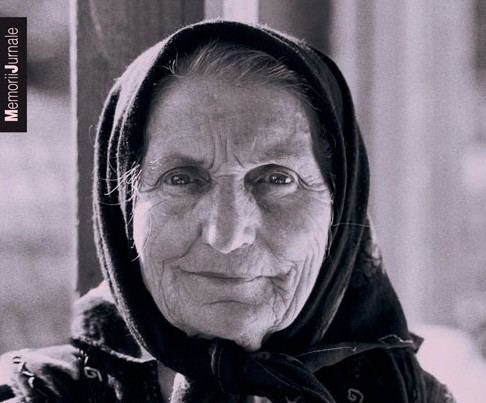
Memorialul durerii episodul 24 elisabeta rizea viteaza din nucsoara
Life
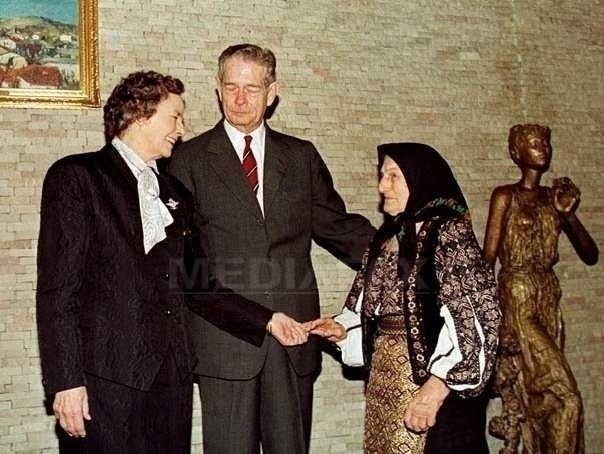
Rizea was born in Nucșoara, a small village in Argeş County in the Southern Carpathians, to a family of peasants who lived off plot of cultivated land. After World War II, as the Soviet Army imposed a Communist government in Romania, the peasants had to give up their land in order to implement collective farming. Out of opposition to this, Elisabeta Rizea and her husband joined an anti-Communist guerrilla group, Haiducii Muscelului, led by Colonel Gheorghe Arsenescu. Her assigned task within the group was to provide food and supplies.
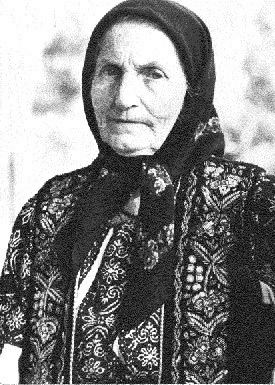
After she was captured by the Romanian militia in 1952, she was declared "duşman al poporului" (enemy of the people) and sentenced to death because she refused to give information about the other partisans. Eventually her sentence was commuted to seven years in prison. When Arsenescu was arrested in 1961, her sentence was extended by another 25 years, but three years later, in 1964, she was freed under the terms of a general amnesty.
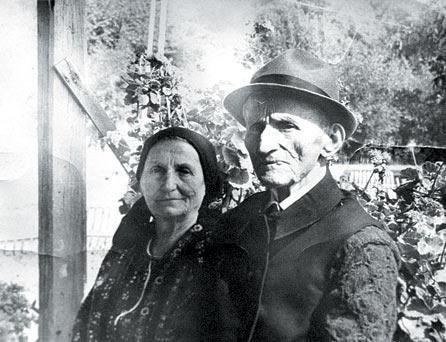
During her twelve years spent in prison, she was subjected to various forms of torture: she was hung by her hair from a hook and beaten until she fainted due to broken ribs, and was also scalped, burned, and beaten with a shovel. Upon her release from prison, she had no hair and she couldn't walk, as her knees had been destroyed by the torture.
Legacy

Her story became known after an interview included in the 1992 documentary Memorialul durerii by Lucia Hossu-Longin. In a 2006 poll conducted by Romanian Television to identify the "greatest Romanians of all time", she came in 58th.
